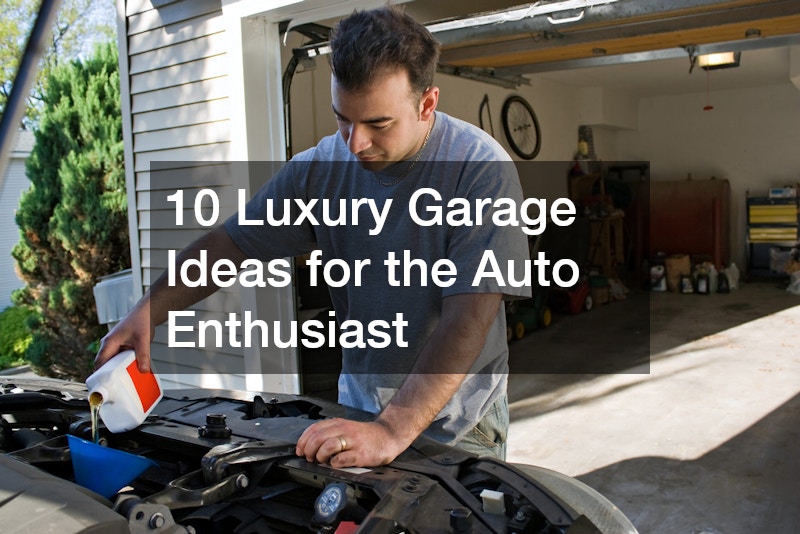Car manufacturers aren’t spared from the pandemic, and as far as Julian Thomson, director of design for Jaguar, is concerned, auto designers are more or less at the mercy of the health crisis. The job of car designers, he says, is to think ahead and envision the vehicles that people should be driving in the coming years. However, the pandemic has forced people to switch priorities overnight, and car designers would have to adapt to changing health needs and consumer behavior.
As such, all the innovative designs that manufacturers are planning would have to take a backseat for now. They would have to focus on crafting cars suitable for a post-pandemic society — vehicles would protect its passengers, as well as the natural environment.
Electric Vehicles
One attitude that the pandemic has spurred is a greater concern for public health vis-à-vis the environment. While aesthetics remain a popular deciding factor, people would also look into the environmental impact of a vehicle. Apart from the pristine condition and looking as if it came out fresh from an automotive spray booth, cars should also help create a cleaner world.
Thomson admits that, even if the crisis is over, people would still recognize a connection between their health and that of the environment. After all, polluted places are more likely to host diseases.
And people have had a taste of what it’s like to live in a cleaner world. With fewer cars and pedestrians on the streets, lockdowns have reduced the noise levels from 85dBA to less than 65dBA. Air pollution was also reduced, with particulate matter concentration (the number of solid particles and liquid droplets found in the air) decreased by up to four times. On a global scale, researchers saw an unprecedented drop in greenhouse gas emissions. During the first six months of 2020, the world saw 8.8% less carbon dioxide emissions compared to the same period in the previous year, which amounts to about 1551 million tons.
As such, Thomson admits that the car industry will be encouraged to produce more electric vehicles. People are aware of the environmental damage from cars — especially in terms of air quality.
Sanitized Interiors
If public places and homes are expected to be spotless at all times, then so should cars. However, it’s safe to assume that people don’t pay as much attention to the car seats as well as they do to public touchpoints like knobs and keypads.
So Karim Habib, the new design chief at Kia (and a former member of BMW and Infiniti), claims that car designers are working on germ-free car cabins that could minimize the spread of infections in the future.

Some solutions involve using new materials on common touchpoints, like door handles and car controls. Kia, according to him, could explore germ-repellent materials to manufacture steering wheels and gear selectors. Copper is a popular candidate because it’s known to resist viruses and curb infection rates. Habib also said that designers are exploring anti-viral coatings for interiors and ultraviolet light to sanitize surfaces.
In fact, its sister company Hyundai is reported to experiment with ultraviolet beams from the dome light to kill the viruses in car interiors. While it was designed to zap the coronavirus, such measures could also decimate other infectious agents. Meanwhile, Ford uses software to kill germs. The Ford Police Interceptor Utility has software that raises the cabin temperature to above 133°F for 15 minutes, which effectively bakes the virus.
A Premium on Space
The attitude of staying away from the next person extends to the car interiors. Jaguar Land Rover executive director of engineering Nick Rogers observes that there will be a big push in creating more space inside the car.
Space is not just a concern in high-profile vehicles; day-to-day cars with more cabin space also have more appeal. In fact, the preference for roomier cars is now apparent among cab passengers. Many cab-hailers in London have stopped using Uber and gone back to black cabs. The reason? The black cabs have a partition between the passenger and the driver. Some of these vehicles are even self-fumigated so that when the cab is locked up, it gives itself a sanitizing spray to clean the interiors for the next passenger.
As for Jaguar Land Rover’s next models, Rogers says interior space is the focus. Their number one objective, he says, is to maximize interior space while minimizing exterior space. And this might just be the blueprint for most vehicles manufactured in the coming months.
If there’s anything that the pandemic has revealed, it’s that car designers have an amazing ability to adapt to the needs of motorists and passengers. Solutions come quick, and it shows that the auto industry is nothing short of innovative.





